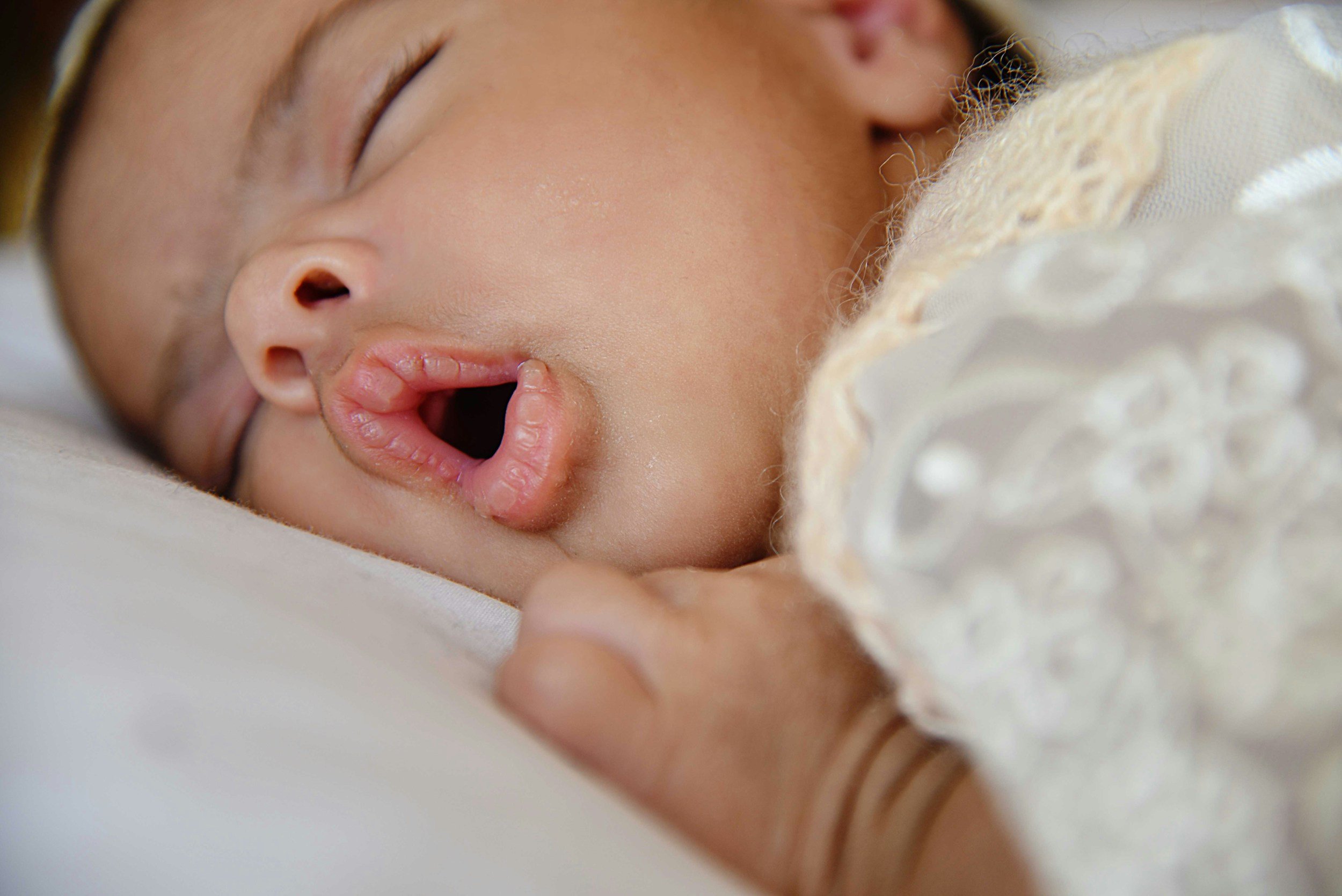Find resources, guides, and more to help your baby sleep. From naptime tips to overnight routines, you’ll find what you need (and more) to start getting consistent, reliable sleep.
The Baby Sleep Blog

How to Help Your Baby Transition From 4 to 3 Naps — Baby Sleep Blog
This blog post breaks down everything you need to know about the 4-to-3 nap transition. I cover both babies who are already falling asleep independently and those who still need some help, and share practical tips for gently extending naps or managing short ones

How to Figure Out When Your Baby’s Bedtime Should Be
If you’ve ever wondered when to start a bedtime routine, what it should look like, or how to know the right bedtime for your baby, this blogpost breaks it all down for you! Whether your little one is a newborn or nearing toddlerhood, this post gives you practical, realistic tools to find the best bedtime for your little one.

Why Your Child Sleeps With Their Mouth Open: Causes, Red Flags, and How It Impacts Sleep
Wondering why your child sleeps with their mouth open? Discover how airway disturbances, myofunctional disorders, and tongue ties can impact sleep quality and what steps to take to help your child sleep better.

How to Help Your Baby Sleep While Traveling
Traveling with your baby? Get expert sleep tips for car trips, flights, time changes, naps on the go, and setting up a great sleep space anywhere.

Understanding Baby Sleep Regressions: Why They Happen, When to Expect Them, and What to Do About It
Wondering why your baby’s sleep suddenly fell apart? Learn what sleep regressions are, when they happen, and how to handle them confidently.

False Starts at Bedtime: Why Your Baby Wakes After an Hour and How to Fix It
Is your baby waking within 30–60 minutes of bedtime? These “false starts” are common, but fixable. Discover the causes and simple solutions to help your baby settle into night sleep.

When Feeding Feels Hard: 3 Common Struggles Moms Face (and Simple Ways to Help)
When feeding feels overwhelming, you’re not alone. Many moms face challenges like latching difficulties, choking or gagging during feeds, and babies who still seem hungry after nursing. In this post, licensed occupational therapist Ashley shares the top 3 feeding struggles, simple at-home solutions, and resources to help you feel more confident and supported. Better feeding means better sleep!